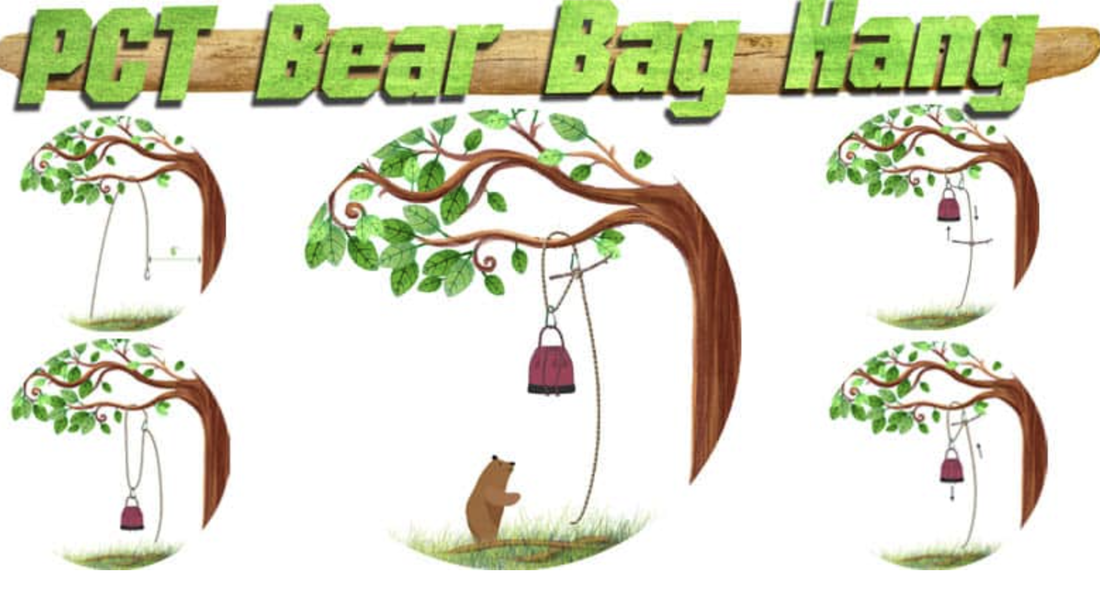|
Teachers and students who share and bear witness to one another’s adversities and who read, watch, talk, and write about the fullness of life may experience discomfort in doing so.
We are, after all, working with topics that may cause us to feel emotions that are typically unwelcome in schools and may be hard to express publicly. In this post, I’ll unravel what may cause the discomfort with sharing trauma stories in schools.
Have you heard about the idea of bringing trauma stories, trauma-informed literature, or simply stories of adversity into your classroom literacy practices? Not sure you feel comfortable doing so? Keep reading to learn where that resistance might be coming from.
To begin, if you’re not sure what I mean by trauma stories, see my recent blog post: Growing with Trauma Stories in the Classroom. In essence, I’m talking about literature and expository stories that deal with powerful themes of the human condition and some tough topics like immigration, deportation, incarceration, death/dying, illness, divorce, and abuse/neglect (to name a few).
In addition, I’m referring to teachers’ and students’ stories of adversity. See, doesn't that already make you a little uncomfortable? It's so normal... My Own Resistance
As a teacher and principal in a residential treatment facility, my students often had substantial trauma and adversity in their past and present lives. I remember the classroom never feeling like the right place for those stories.
In addition, I felt that their traumas were so significant that mine would seem inconsequential to them and would make them feel somehow less than. I shied away from sharing my stories. What I’ve learned since is that there is power in sharing the testimony of our adversities and humanizing ourselves in the eyes of our students. By NOT sharing, instead of creating the space for their stories to be normalized rather than pathologized, I reinforced the notion that they were damaged and I wasn’t. Traumas shouldn’t be compared...only shared to create connection. Times when I shared with students my adversities typically happened outside the classroom in spaces where the boundary between teacher and student was blurred. One example was when my adversity happened in front of them. I was on a wilderness expedition with students and we were hanging a bear bag (not sure what I mean? See the image below). That bag held all of our food and weighed a lot. It was way bigger than the bag in the picture below.
We struggled to find a good branch to hang the bag from and, when we did, we all worked together to pull the bag up. Unfortunately, one student jumped and pulled the bag with all of his weight, snapping the branch. Luckily, none of the students were injured but the branch fell fully on my head and concussed me.
Students gathered around in concern and wanted to keep eyes on me and monitor me. There is no doubt that that experience brought us closer, even though it meant I had to leave the trip and lay in bed for a week. There is also no doubt that my vulnerability was an invitation for them to see me as human and share their own difficult stories. Where does the REsistance to Trauma Stories Come From?
Reactions from other adults- You don’t teach in a vacuum and often your decisions are under a microscope (or at least some level of surveillance). You may be apprehensive to incorporate trauma stories for fear of others criticizing your decision.
Parents, other teachers, counselors, and admin all have opinions. It is completely understandable that you’d be concerned about what other adults think of your decisions. Fear of harming children- this is another super rational concern and one that shouldn’t be taken lightly. Trauma stories may expose children to tough concepts they weren’t already aware of or they may trigger unexpected memories or trauma responses in students. This is all very legitimate to be concerned about. Feeling unqualified- You may feel resistance to incorporating stories of adversity because you are not sure you would know how to respond in an appropriate way or that you’re unqualified. That’s also a totally understandable concern. So What?
Bottom line, it is normal to have resistance to incorporating adversity as an acceptable thing in your classroom. Even so, allowing students’ stories of adversity to surface in the classroom and appropriately welcoming those stories often starts with making it very clear they are welcome...which typically isn’t the case.
To do this, start with testimony (Dutro, 2019) to your own adversities and normalize the human experience of adversity. Show students that they aren't damaged goods and their lives are not inappropriate for school. If you're thinking, wait, you're leaving me hanging. How do I do this? You're right! Check out my next post for ways to overcome this resistance!
0 Comments
Leave a Reply. |
AuthorMy name is Erin E. Silcox. I'm working on my Ph.D. in Literacy Education, focusing on the intersection of trauma and literacy. I want to deepen our base of knowledge about trauma-informed practices in schools and help teachers apply findings right now. Archives
April 2021
Categories |



 RSS Feed
RSS Feed